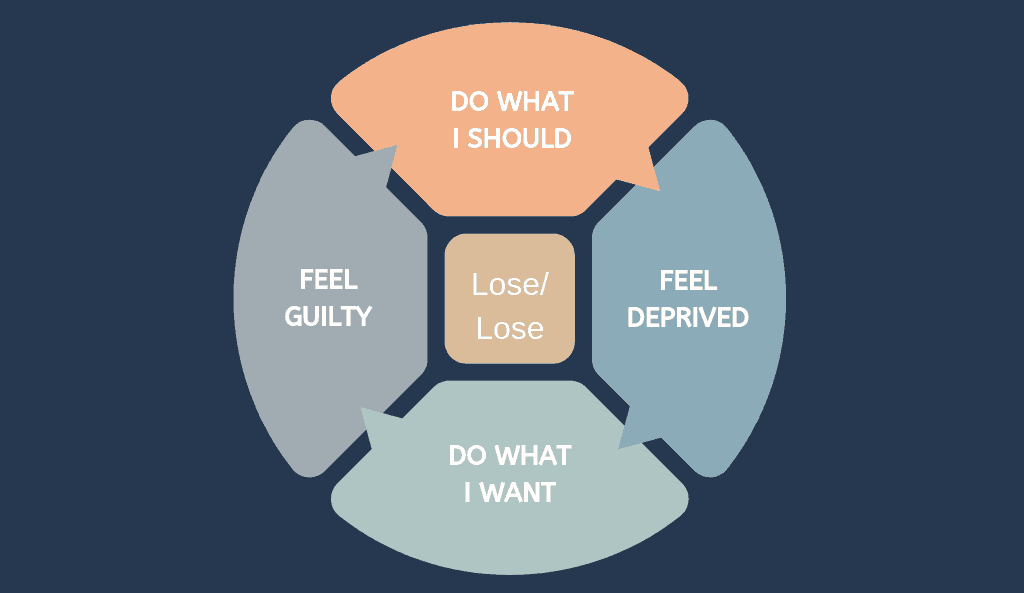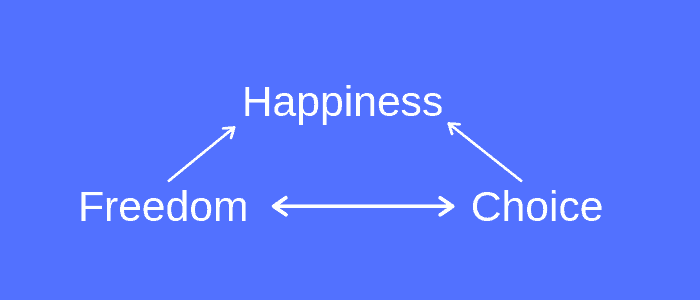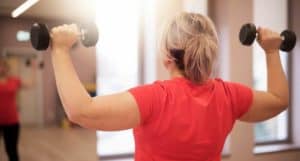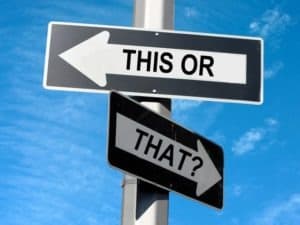After enjoying a delicious meal or indulging in a treat, do you immediately feel dread over what the scale will say the next day?
If you get on the scale and see that you’ve gained two or three pounds overnight, does this throw you into an emotional tailspin?
It’s time to lose the scale drama!
Your weight today is not punishment (or reward) for what you ate yesterday! I don’t care how badly you fell off the wagon, you did not gain five pounds of fat overnight. For that matter, your one-day celery juice fast did not cause you to lose five pounds of fat. That’s simply not how it works.
Virtually all of the day-to-day variation in your body weight reflects transient changes in the amount of water and (ahem) waste in your body. It can take up to two weeks for changes in your diet and exercise to actually translate into fat loss–or gain.
In fact, an uptick in today’s weight could actually reflect the fact that you ate more vegetables or legumes yesterday. Both of these foods weigh a lot more per calorie than, say, butter and jelly beans. But obviously, eating vegetables and legumes is a lot more likely to help you weigh less over the long run.
In the Weighless Program, we encourage people to hop on the scale every day. (In one recent study, those who weighed themselves every single day lost more than TWICE as much weight as those weighing themselves four or five times a week.)
But we also advise them to ignore what they see there. Well, not entirely. We ignore the daily weights and focus instead on whether our weight (we use a 7-day moving average) is trending up, down, or staying the same. That’s really all that matters.





 How many food or beverage related decisions do you make in a typical day? Most people estimate that number to be around 15. In reality, the actual number is closer to 200.
How many food or beverage related decisions do you make in a typical day? Most people estimate that number to be around 15. In reality, the actual number is closer to 200.